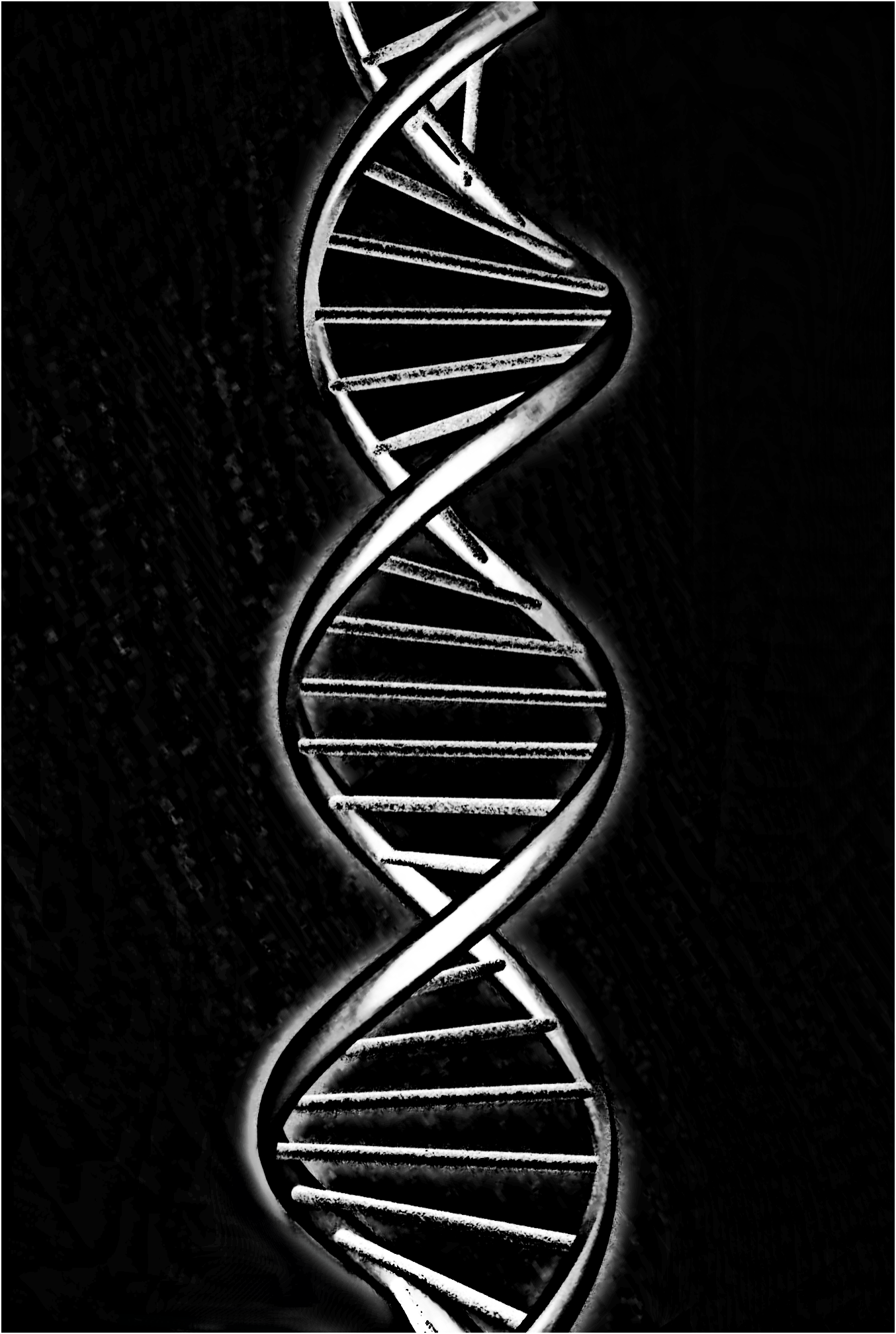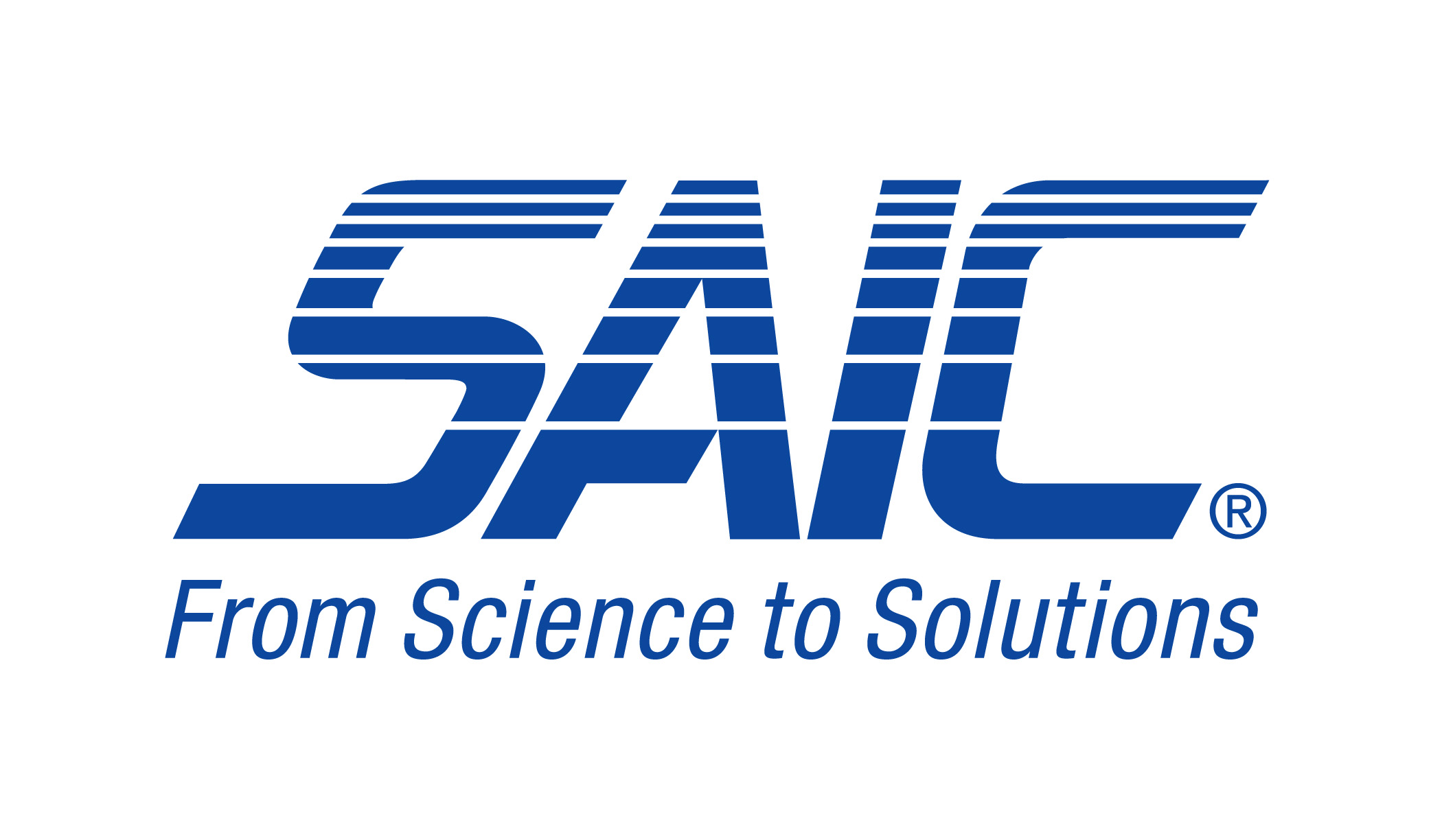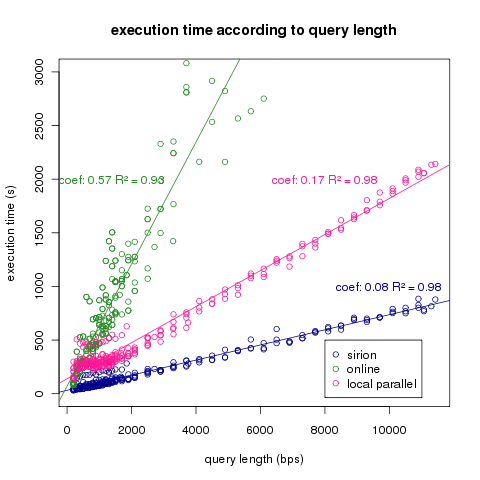|

Home
Our team
Sequence screening
The software: GenoTHREAT
Tests and Results
Screening of the iGEM registry
PCR fusion primer
Lab notebook
Safety
Media Links
Comments


|
|
- OnlineBlast
- In this version we use the ncbi remote blast (1). Our software send the subsequences to be blasted to the website, wait for the result and extract it.
- * Advantages: not computational intensive (just need a connection), fast for one blast alone (20s for 200 bps).
- * Drawbacks: can't be fasten (e.g. by parallelisation) due to ncbi's restrictions (not more than three request by second and result file need to be access before send a new one), server error happening sometimes, and the lack of privacy by sending informations via the Internet.
- The last drawback (privacy issue) is a big concern for us, as the gene synthesis companies won't want to send customer data on the Internet. That's mainly why we had to create other implementations.
- LocalBlast
- The ncbi website offers a local version of blast (download page). The databases (nt and nr especially) have to be download too. The software call this program via the bash.
- * Advantages: privacy, don't risk server error.
- * Drawbacks: requiers a lot of memory (nt and nr databases are 30Gb together), very slow (2.5min for 200 bps).
- To fasten the software with this version, we created in version in which the call to blast is done parallely.
- LocalBlast Parallel
- Using the java thread system, we make the call to blast in parallel for the subsequence. The number of blast called at the same time can be modified according to the computer power in which the software is launched. We use wages of 100 blast most of the time (compromise between time and ressources use).
- * Advantages: same as LocalBlast + speed (6 min for 80 blast of 200 bps)
- * Drawbacks: need memory, very computational intensive (100 blast at a time implies 100% of CPUs taken).
- In order to make it even better, we have then make a similar version of the LocalBlast Parallel in other system.
- Sirion
- Sirion is a private server of Virginia Bioinformatic Institut.
- * Advantages: very fast
- * Drawbacks: expensive
- MPI BLast
- MPI Blast is a parallelized version of BLAST. As we must run it on a cluster of computers, we cannot compare the time with the other versions as this cluster is made of old computers. Indeed, the local parallel version runned in this cluster is very slow, slower than online. The MPI Blast on this cluster is faster than the normal version, but also slow compared to the other versions. So it seems that MPI Blast must be a fast version if the cluster is efficient.
Time comparison
We have launched the software for the Online, Local Parallel and Sirion version in order to compare the time it takes.
Due to the good quality of the Sirion server, the software in it was really efficient compared to the other versions. The remote version is not viable for long sequences.
The problem raised by this comparison is that the most efficient system is also the more expensive one. That means that gene synthesis company will have to spend a lot of money in it in order to have a fast sequence screening software.
go back to GenoTHREAT page
|
 "
"





